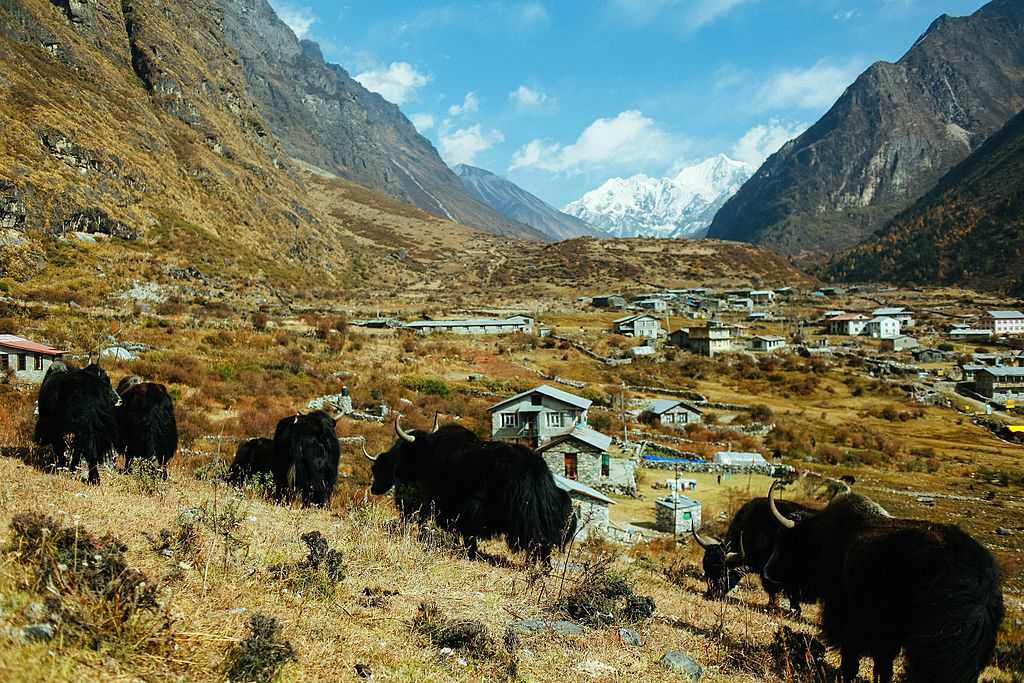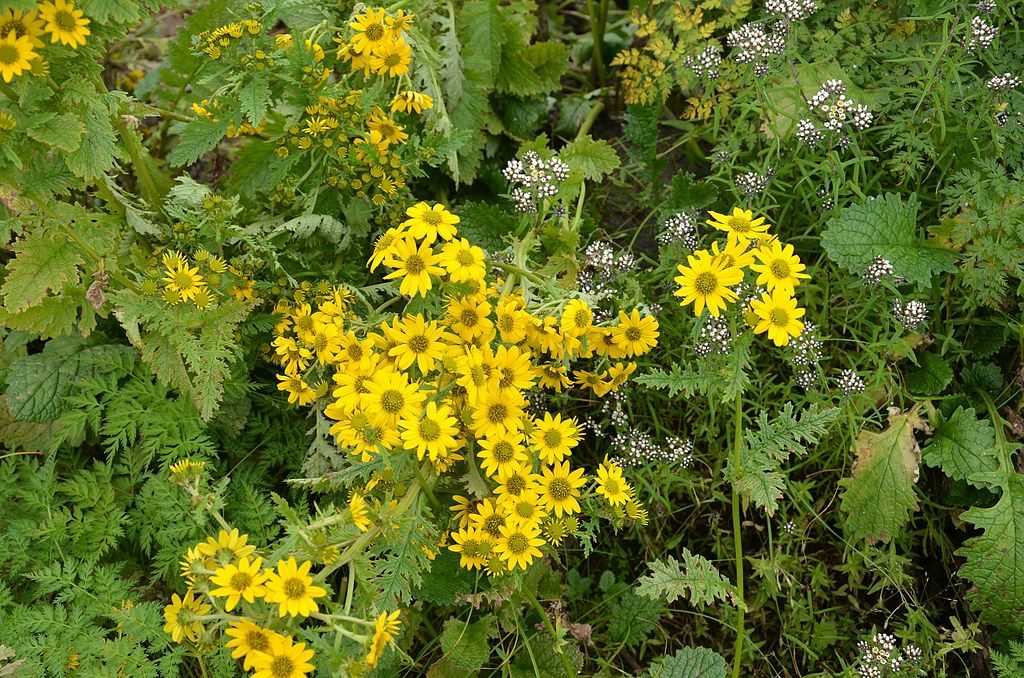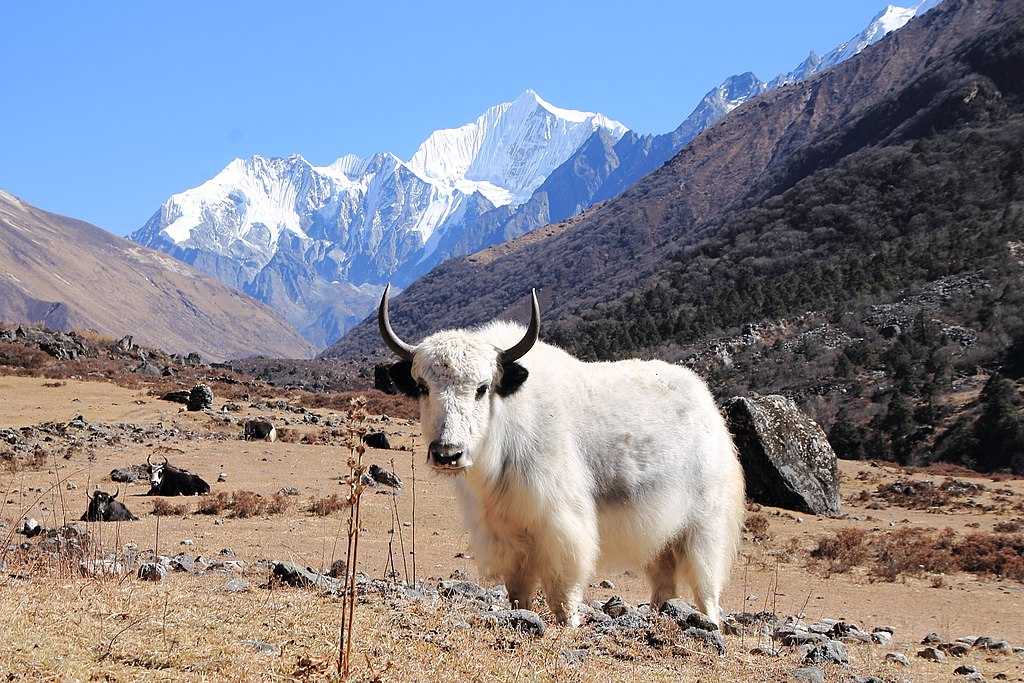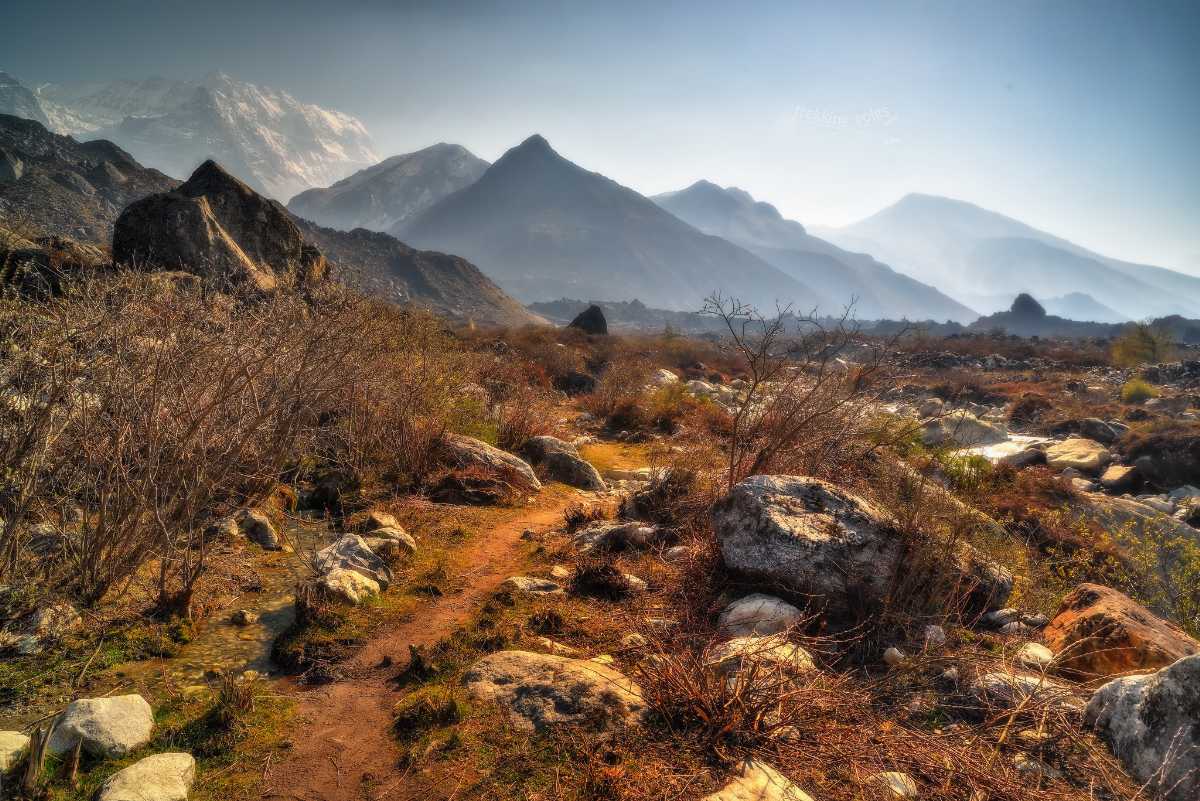Langtang National Park
Label : Great For Family Outing
Tags : National Park
Entry Fee : Nepali Nationals: No entry fee
SAARC Nationals: NPR 1500
Foreign Nationals: NPR 3000
Note: For SAARC and Foreign Nationals, an additional 13% VAT is charged.
Children below ten years old are granted free entry, irrespective of their nationalities.
Ways to Experience this attraction
Langtang National Park, Kathmandu Overview
With trekking trails, lush greenery, and a variety of species of flora and fauna, the Langtang National Park is the fourth national park that was established in Nepal in 1976. The Langtang National Park is situated at an approximate distance of 32 kilometres to the north of the capital city of Kathmandu and is connected to the Qomolangma National Nature Preserve in Tibet.
The picturesque park is also home to the serene, high altitude Gosaikunda Lake, which is believed to be sacred. From the dense forests which comprise the hilly areas, the area of the park spreads across the Nepalese larch in the middle before cascading down to the vast meadows of green grasslands. With more than 250 species of birds, around 46 species of mammals, and a whopping 1000 species of plants, this place is ideal for nature enthusiasts.
Sprawled across an area of 1710 square kilometres in the Rasuwa, Nuwakot, and the Sindhupalchok districts, the park encompasses 26 Village Executives and is perched at an altitudinal range of 6450 metres above sea level. The peak of the gigantic Langtang Lirung, at an altitude of 7245 metres, is the zenith of the park. The numerous trekking tracks, each differing in its level of difficulty from the other cater to those who come here seeking adventure. While the international boundary of Tibet coincides with the borders of the park in the north and east, the western border follows the gushing rivers Trisuli and Bhote Kosi. The protected area within the park is representative of both the Palearctic and Indo-Malayan ecozones, which houses a rich and vast biodiversity.

Read More on Langtang National Park
Best Time To Visit Langtang National Park
Flora and Fauna at Langtang National Park
Found close to the tree lines are shrubs of Juniper and Rhododendron which gradually dissolve into sprawling grassland meadows. The expansive vegetation ranging from hills to plains provide shelter to many animals. Ungulate species such as the Himalayan Tahr and musk deer are mostly found in the vast high meadows, while the red panda, snow leopard, serow, wild dog, ghoral, and the Himalayan black bear throng the area on a regular basis.
Where Flowers Bloom


Of the thousands of plant species that are housed in the park, 21 are endemic, which include two species of Meconopsis growing near the Gosaikunda Lake and one in Sindupal Chowk, Carum carvi across the Langtang Valley, Primula species in Chandanwari and Gosaikunda, one species of Zanthoxylum in Godatabela, and two species of Rhododendron along the Lauribinavak area.
Wildlife of Langtang

If you are in for spotting snow leopards and their prey, the Himalayan Tahr, visit the upper sections of the Langtang, Lendi, and Yangri Valleys. The red panda, on the other hand, maybe sighted in Ghodatabela and Polangpati, along with the southern sections of Panch Pokhari, Cholangpati, Magnigoth and Yangri areas. To spot the quick foxes thronging the place, climb up to the altitudes between 3300 to 5300 metres. The mighty Himalayan black bear is one of the animals that throng the Thulo Bharu, Briddim, Timure, Thulo Syabru, and Ghodatabela frequently. The ones who are brave at heart may explore the temperate region to spot the common leopard. Apart from these animals, the Langtang National Park also houses the ghoral, found in the Briddim, Bamboo, Sherpa Gaon, and the Timure regions, and the serow, frequently sighted in the lower areas of the Langtang Valley and Ghodatabela.
Mammals are not the only animals found in the Langtang National Park. This resplendent place is also home to over 250 species of beautiful birds which adorn the sky and grace the land with their presence. The National bird of Nepal- Himalayan Monal is the most sought for among the bird watchers. Along with this, the Satyr tragopan falls under the list of protected birds sheltered in the park. For the ones who are solely visiting the park for bird watching, the best places to go to are the Upper Langtang Valley for the Ibisbill, Kyanjin for wood snipes, Gosaikunda for Snow partridges, Lama Hotel and Bamboo for the Yellow-rumped Honeyguide, and Lauribinayak for the gliding Lammergeier. In addition to this, the park is also the breeding grounds of the Himalayan and Tibetan snowcocks, Oriental Honey Buzzards, Tibetan partridges, Himalayan and Eurasian Griffins, and the Red-headed Vulture. The comparatively domestic Ruddy Shelduck, Bar-headed goose, Tufted duck, and the Common Teals along with Mergansers are also sheltered in the wetlands.
Langtang National Park Trekking Trails
Note: The lodges and hotels operate throughout the year but during the peak winter months since the trails are inaccessible and blocked at that time.

Acclimatisation and Precautionary Measures
- Do not exert yourself and make sure to keep yourself hydrated with at least 3 to 4 litres of water.
- If a person from your group shows signs of the sickness, carry them to a lower altitude immediately.
- The trails along Langtang and Helambu tend to be slippery and rocky after receiving frost or rain, so watch out for loose rocks and smooth surfaces.
- It is never safe to hike alone, and hiring a local guide while trekking to the Laurebina La and Ganja La during winter is strongly recommended.
- Always keep a first-aid box in hand.
- For telephone facilities, visit the Singh Gompa or the settlements in Helambu.
The Langtang National Park offers a beautiful opportunity to explore gompas and villages and learn more about the culture of Nepal. One cannot help but be enamoured with the scenic sights of the mountains and glaciers. It is an ideal spot for those who wish to leave behind the hassle of their daily lives and fall into the lap of nature.
How To Reach Langtang National Park
Treks in Langtang National Park
Langtang Valley is about 15 km from Kathmandu. The trek starts at Syabrubesi and then goes up to the Langtang river along forests and pasturelands. One can find grazing yaks and Buddhist stupas along the way.
Duration: 10 - 12 days
Difficulty Level: Easy to Moderate
Helambu Trek
Helambu Trek starts from Sundarijal. The trail passes through Shivpuri National Park and goes till Melamchi Pul Bazar. The trail goes through rhododendrons, rice terraces, bamboo forests and waterfalls at the backdrop of snow capped Himalayas.
Duration: 9 days
Difficulty Level: Easy
Gosaikunda Lake Trek
Gosaikunda Lake is among the holiest lakes from Hindus. The trail goes through forests of rhododendron, fir and oak trees. The trek starts from Dhunche to Chandanbari and then to Gosaikunda Lake.
Duration: 9 days
Difficulty Level: Easy to Moderate
Tamang Heritage Trek
The Tamang Heritage trek follows a circular trail starting from Syabrubesi. The trail goes to Gatlang to Tatopani to Thuman to Briddim and back to Syabrubesi. This trek passes through farmlands and towns inhabited by Tamang people.
Duration: 7 days
Difficulty Level: Moderate
Ruby Valley Trek
Ruby Valley Trek is among the lesser explored trails in Nepal. The trail passes through the foothills of farm terraces to the Tamang settlements to beautiful forests. The trail passes through Dhading, Gorkha, Rasuwa and Nuwakot.
Duration: 13 days
Difficulty Level: Moderate
Numbur Cheese Circuit Trek
The trail got its name from Nepal’s first cheese factory. Numbur Cheese Circuit Trek starts from Shivalaya, the same place where the Everest Base Camp trek starts. This trek passes beneath Mount Numbur Chuli through Sherpa settlements and forests of rhododendrons and picturesque views of Himalayan lakes.
Duration: 15 days
Difficulty Level: Moderate to Difficult
Rolwaling and Tashi Lapcha Pass Trek
Rolwaling and Tashi Lapcha Pass Trek is among the most difficult treks in Nepal. This trail goes through Mt. Gaurishankar, Ramdung Glacier, Tsho Rolpa Lake, Khumbu Valley, Lukla and a flight back to Kathmandu. One can experience the pristine beauty of mountains and glaciers in this trek.
Duration: 18 days
Difficulty Level: Very Difficult